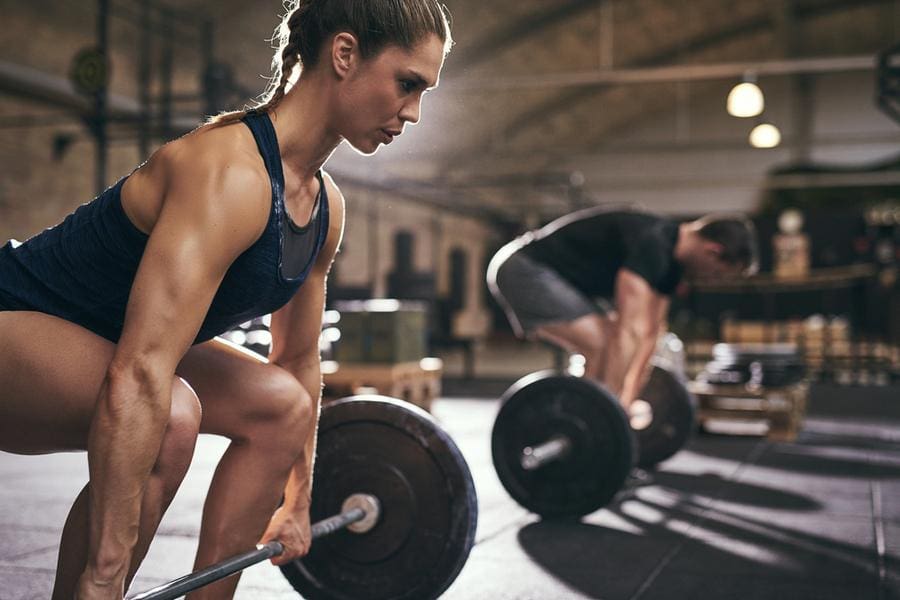Some 2 million Instagram fans show that #deadlift is one popular workout move. If you can handle the heavy load without risking injury, the deadlift will hit every muscle in your body and work your cardiovascular system as well. You’ll burn fat any time you put that much muscle to work in one movement. But a sizable number of men are finding their devotion to the essential king of all exercises brings them misery. Exercise physiologists say those people can find better ways to build strength without pain.
Between 10 percent and 20 percent of the population are born with anatomy that makes the “hip hinge” an exercise involving pain and suffering. There are two physical traits that present unusual handicaps for lifters attempting the deadlift, and the difficulties can’t be corrected by coaching.
Hip structure and spine thickness
Some lifters have hips that are structured so that their thigh bones are positioned farther back in their hip sockets. The sockets basically act as doorstops when the lifter tries to hinge forward. This structure greatly increases the chances of a strain or pull or herniation during the deadlift. The anatomy also makes getting into the correct setup position difficult.
A second trait that can limit the ability to perform the deadlift is the thinness of the spine. A thinner spine can’t handle heavier loads consistently the way thicker spines can. The thickness of your spine is inherited.
While an MRI is a definitive way to confirm hip structure or spine thickness, you can figure out if your anatomy dictates that you shouldn’t mess with the deadlift. First, see if stretching to increase your mobility or a little self-coaching to correct your form might help your back. If you still have pain when deadlifting from the floor or a rack, the cause may be anatomical. It’s time to move on!
Here are two tests to see if you are flexible enough for deadlifts.
Standing Toe Touch
Stand with your feet parallel and shoulder-width apart and legs straight. Bend and reach for your toes. You may round your back as you descend and reach forward. If you can touch your toes without bending your knees, you are flexible enough.
Active Straight-Leg Raise
Lie on your back with your legs straight. Point your toes toward the ceiling. Raise one leg as high as you can and then lower it. Do the same with your other leg. How far upward can your leg travel? If you can raise your leg until it’s straight enough to form a 90-degree angle with your body, you are flexible enough.
If you pass both tests, you are flexible enough for deadlifts. If you don’t pass, lose the risk and move on to alternative exercises that will give you similar strength and muscle-building benefits. These are four to try.
Barbell rack pull eliminates the most problematic first part of the deadlift movement but mimics the mechanics of deadlifting from the floor.
Farmers walk puts no force on your lower back while targeting your grip, upper back, and core.
Barbell hip thrust puts less stress on your lower back while working your glutes and hamstrings.
Single-Leg dumbbell Romanian deadlift challenges your lower back, glutes, hamstrings, and calves without the backbreaking weight.






